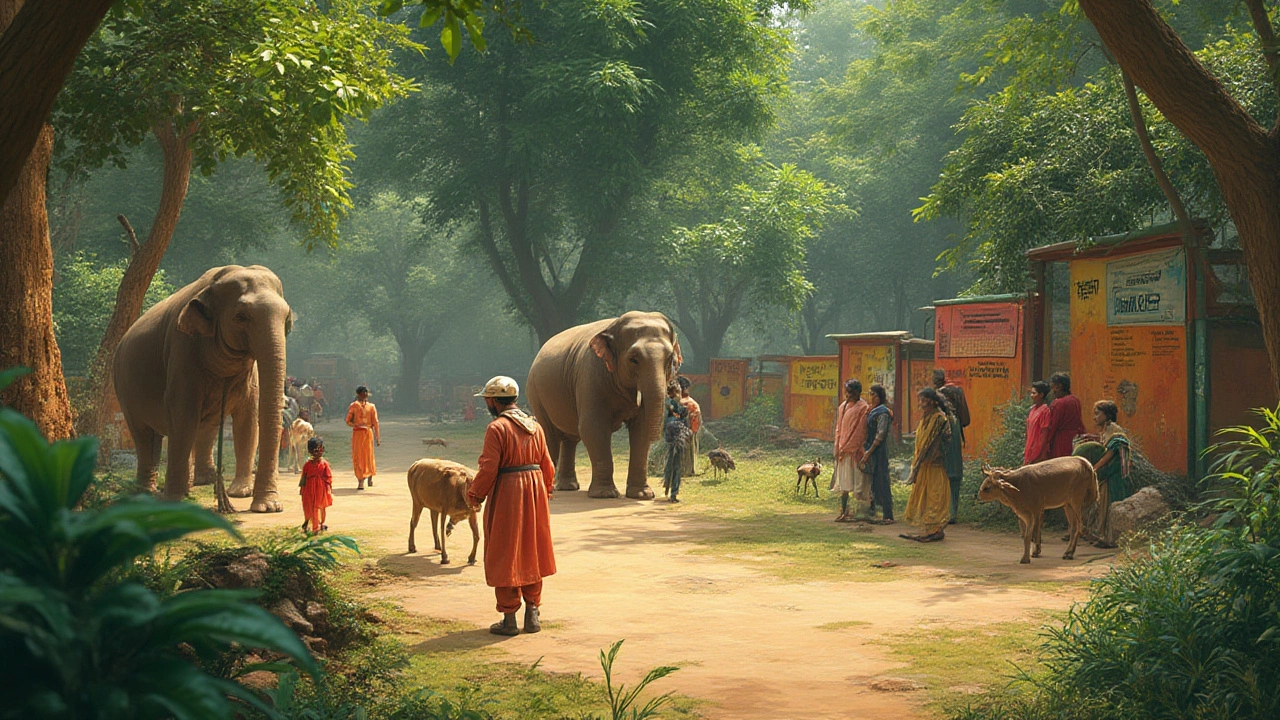Animal Welfare in India: What Travelers Need to Know
When you think of animal welfare, the ethical treatment and protection of animals from harm and neglect. Also known as animal rights, it plays a quiet but powerful role in how tourism works across India. It’s not just about saving tigers or banning elephant rides—it’s about whether the cow you see on the street is fed, whether the monkey near the temple is being fed junk food, and whether the tiger you spot on safari was born in the wild or kept in a cage for years. These aren’t abstract ideas. They’re daily realities that shape your trip—and your impact.
India’s wildlife conservation, efforts to protect native species and their natural habitats from extinction and degradation is one of the most complex in the world. You’ll find protected areas like Ranthambore and Jim Corbett where tigers roam freely, but you’ll also see stray dogs in cities with no vet care, monkeys stealing food from tourists, and elephants forced to give rides in places where it’s technically illegal. The gap between law and practice is wide. That’s why your choices matter. Choosing a jungle camp that doesn’t offer animal shows, avoiding photo ops with chained bears, or asking if a sanctuary is truly rehabilitating animals instead of exploiting them—these aren’t just ethical moves. They’re the difference between supporting real conservation and feeding a harmful industry.
ethical tourism, travel that respects local communities, ecosystems, and animals while minimizing harm isn’t a buzzword here—it’s survival. In places like Kerala or Madhya Pradesh, local guides know which forests are being over-touristed, which animals are stressed by noise, and which lodges pay fair wages to caretakers. Ask them. Listen. If a camp claims to be "eco-friendly" but lets you feed wild deer bread, walk away. Real eco-tourism doesn’t feed animals. It protects their food sources. And if a temple has elephants, find out if they’re rescued, if they have shade, if they’re allowed to rest. No one’s checking. But you can.
The posts below don’t just talk about where to go. They show you how to go without hurting what you came to see. From temple etiquette that respects sacred animals to trekking tips that avoid disturbing wildlife, these stories give you real tools—not just rules. You’ll learn how to spot a fake sanctuary, why some "rescue centers" are actually profit mills, and how to support true animal welfare without spending extra. This isn’t about guilt. It’s about awareness. And awareness turns a vacation into something that lasts longer than your photos.
